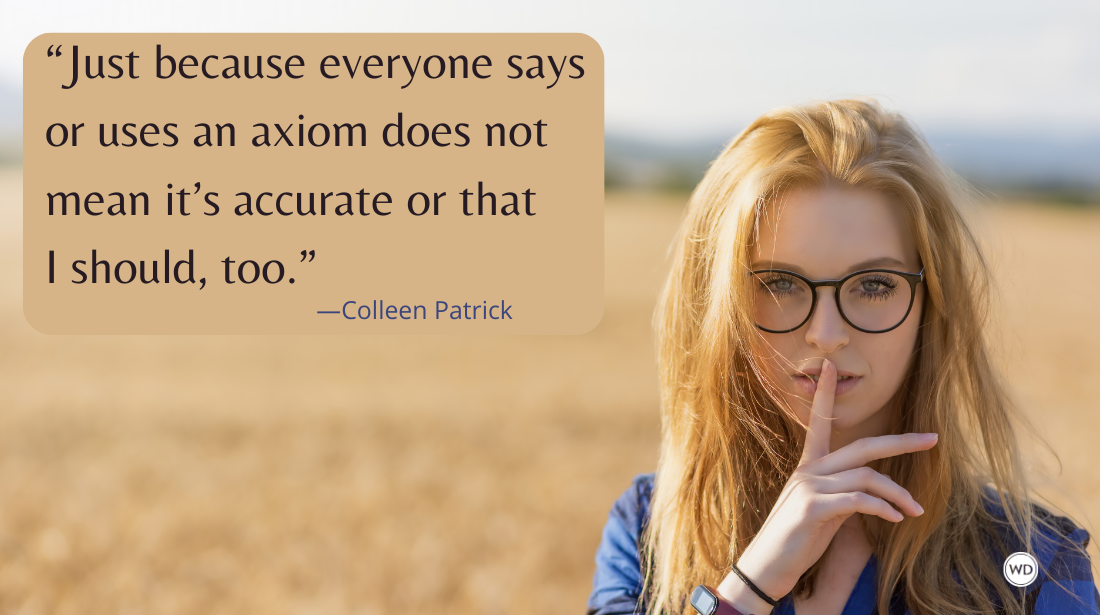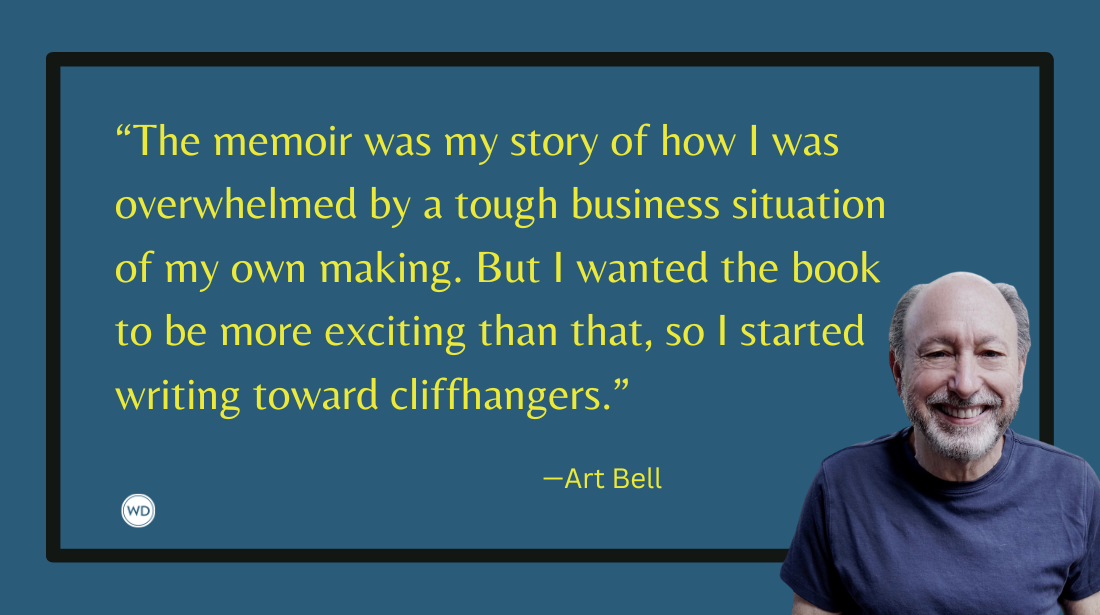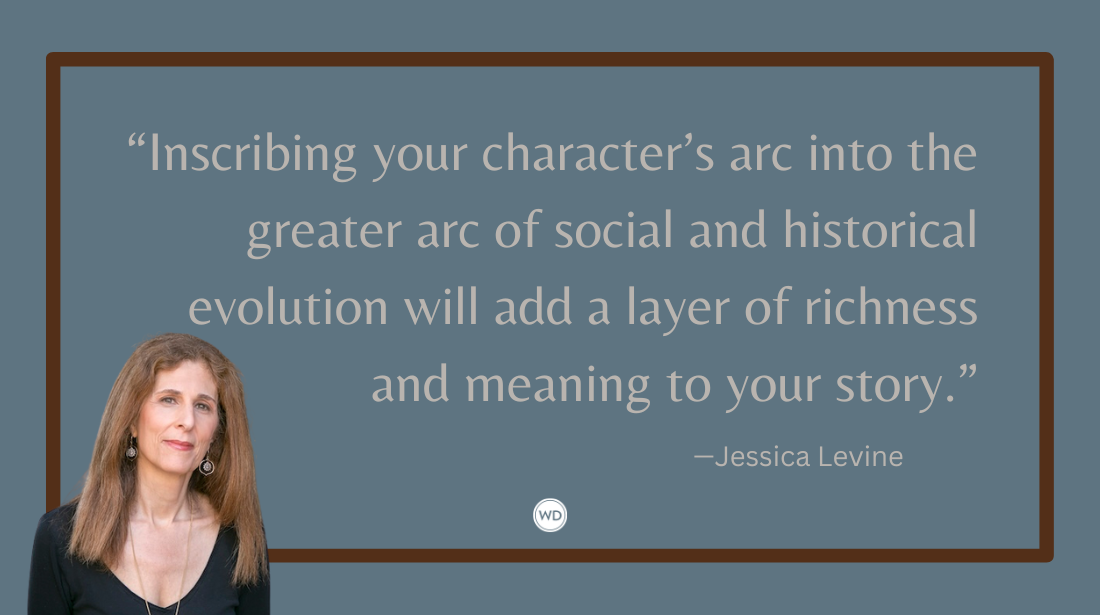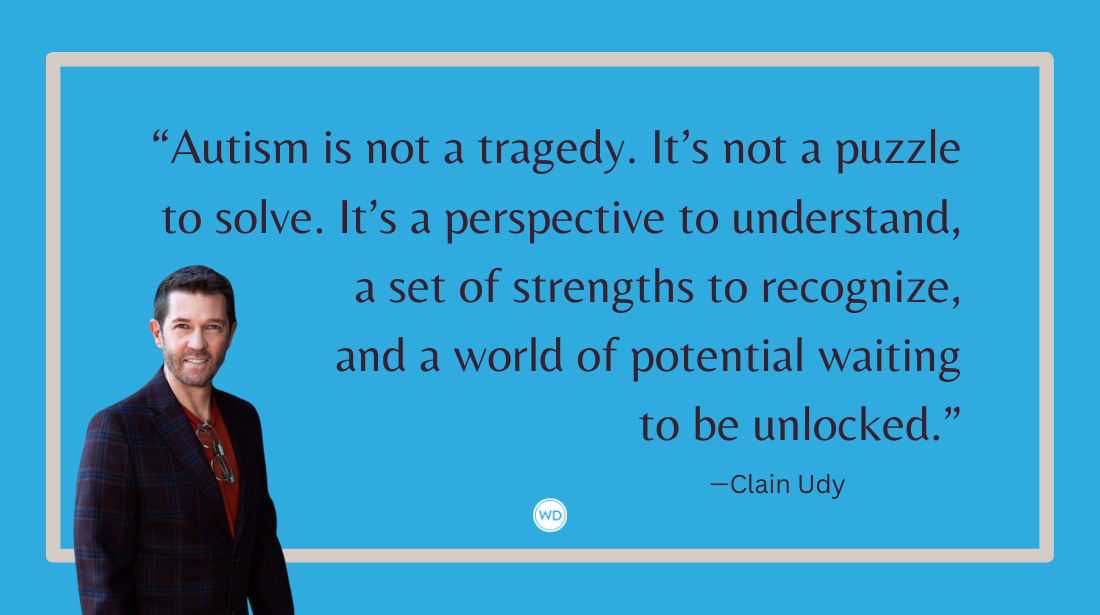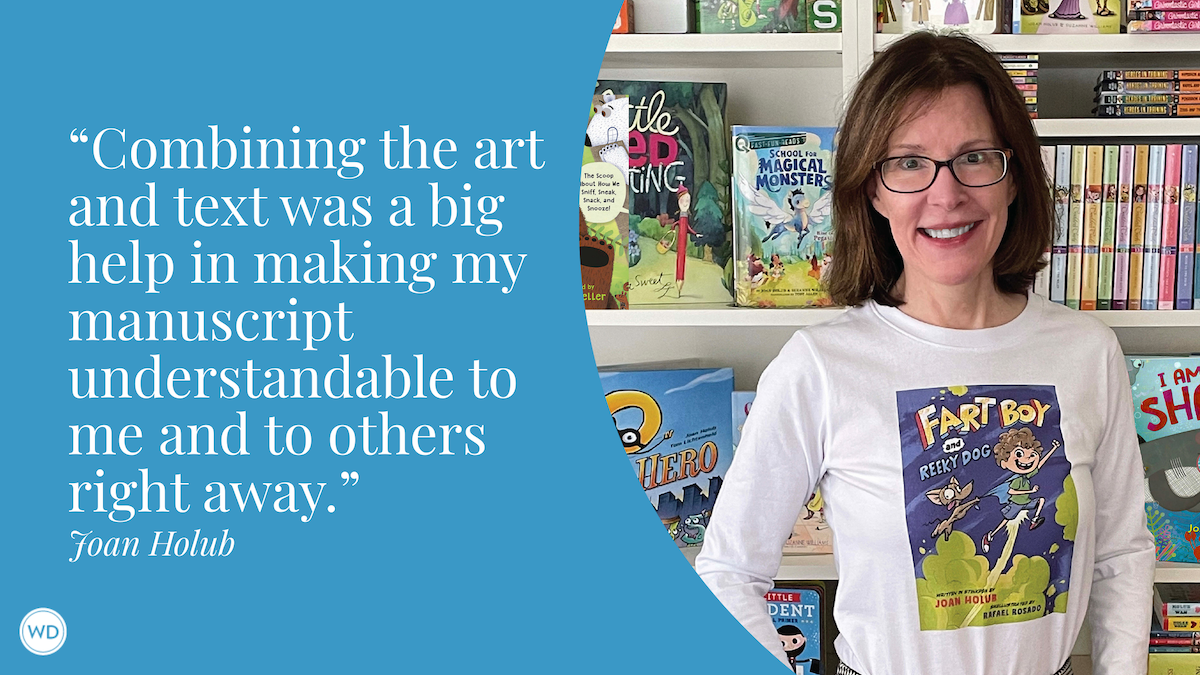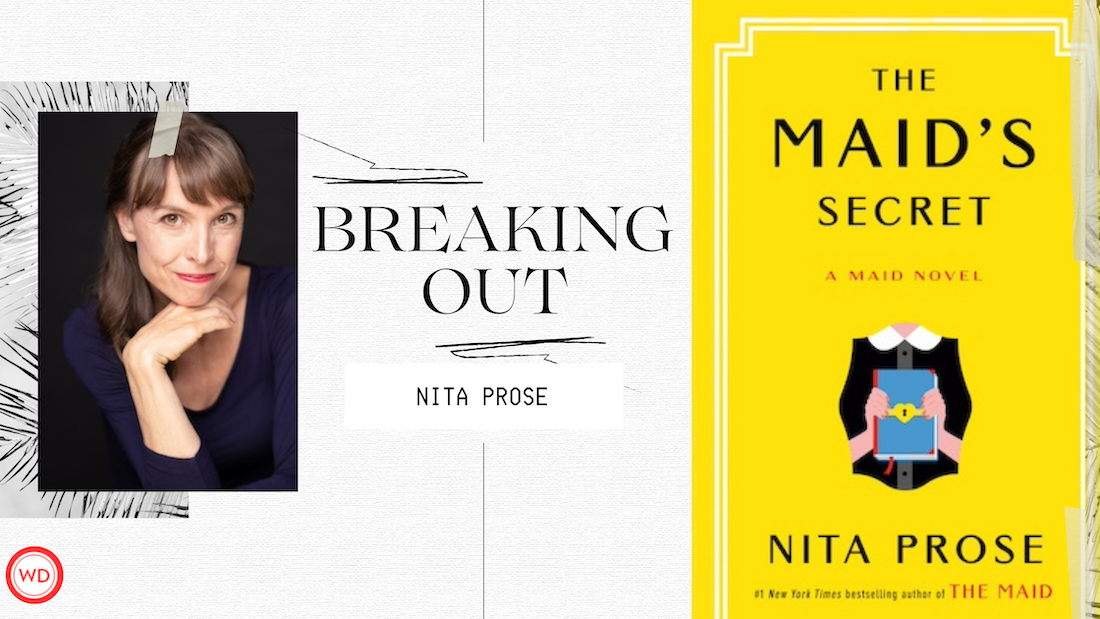5 Best Science-Based Historical Fiction Novels
Looking for some books to add to your TBR pile? Acclaimed author Robert Lloyd shares his five best science-based historical fiction novels.
I write books set in the late 17th century, with Fellows of the early Royal Society as my main characters. My plots include science, or “natural philosophy” as it was then known. Here, I offer five of my favorite science-based historical fiction novels.
I set myself a slightly arbitrary rule of “there shall be no forensic science, with all its various specialisms,” which swept away an alarming chunk of my reading. So, my “historical lab lit” list is…
An Instance of the Fingerpost by Iain Pears
Set in 1660s Oxford, shortly after the Civil Wars and the restoration of monarchy: A dead don has been found, poisoned in his chambers. Sarah Blundy is tried, then hanged for his murder. This is the only “whodunnit” on my list, but it’s so much more. (As are all the best “whodunnits.”)
For a start, it’s told from four different points of view: Marco da Cola, a Venetian interested in the “new philosophy” who arrives in Oxford hoping to meet Robert Boyle; Jack Prescott, on the edge of sanity, seeking to restore his dead father’s reputation; John Wallis, who worked as a cryptographer for Oliver Cromwell and continues his trade for Charles II; Anthony Wood, historian, who analyzes the other three men’s stories and tries to unravel what really happened. My own books, The Bloodless Boy and The Poison Machine, use the early history of the Royal Society, its science, and various of its actual “Fellows,” and this book was undeniably an influence.
Pears shows the politics and religious turmoil of the time, and the excitement of new scientific discoveries. The rigid social structure and manners of mid-17th century is shown starkly, as is the misogyny—hence the sufferings of Sarah Bundy. She’s a servant whose father fought for Parliament and had “Leveller” sympathies, such as campaigning for equality between men and women. (Dangerous stuff.)
The Signature of All Things by Elizabeth Gilbert
I’d never have guessed I’d be so beguiled by a book about moss. Or, more precisely, about Alma Whittaker, a bryologist observing moss. We follow Alma through the 19th century (she’s born in the year 1800) from a comfortable Philadelphia upbringing with her father, who’s a wealthy dealer in rare and pharmaceutical plants, to London, Amsterdam, and Tahiti, by way of surreal adventures in love and fellatio.
An episodic story, unusually structured, with various life-like trailings-off of plotlines, characters, and a marriage, but no less gripping for that. Researching natural sciences in the 19th century is skilfully described, but it’s Alma who lingers in the mind. She’s plain (looking too much like her father), clever in so many things but awkwardly innocent in others, as you’d expect from her upbringing. Her character is so well delineated, her likeableness and complexity as she looks for affection and acceptance, that I enjoyed every page in her company.
I was particularly taken by her observations of very slow processes, contrasting with her life, especially of the mind, as it races along. I’m trying to avoid spoilers, but I have to say that the book’s ending is devastating.
This Thing of Darkness by Harry Thompson
Historical fiction at its very best—it’s so sad that Thompson died shortly after the book's publication—this book follows Charles Darwin circumnavigating the world aboard The Beagle, but told largely from the viewpoint of the Beagle’s captain, Robert FitzRoy. The science of the story, then, is mainly Darwin’s theories of evolution by natural selection. But it’s also an account of FitzRoy’s meteorology: He was the person entrusted to set up Britain’s Met Office, collecting daily weather data from stations around the British and Irish coasts and sent to London by the new telegraph system.
The book includes the two men anxiously discussing 19th-century science; their views often opposed, Thompson using them to illustrate the tensions between Victorian religion, faith, and science. In addition, it’s about history, geography, geology, botany, anthropology, navigation and seamanship, naval and social etiquette, and also politics—not least, the politics of scientific organizations.
FitzRoy, plagued by depression, could not accept Darwin’s ideas, and their disagreement ended their friendship, which Thompson presents as a tragedy. In the last part of the book, FitzRoy’s career as governor of New Zealand shows him to be enlightened in his treatment of the indigenous population, but he was doomed to failure, as his staff sought to undermine him; they disagreed with his tolerance. A big book, this one, 700 pages or more, but every one of them flies by.
IndieBound | Bookshop | Amazon
[WD uses affiliate links.]
Angels & Insects by A. S. Byatt
Actually two novellas, it’s the first, Morpho Eugenia, that’s always stayed in my mind. After years in the Amazonian forest, William Adamson (note the surname), a young entomologist and the son of a Yorkshire butcher, marries the aristocratic Eugenia. While she produces various children, all strangely pale, he is preoccupied with his work cataloguing Eugenia’s father’s collection of scientific curiosities, and also with their governess, Mattie Crompton.
With Mattie, William embarks on a study of the local ant population, hoping that a book on the subject will make money. Their discussions on such subjects as teleology, determinism, personal freedom (within that determinism, if possible), the nature of life after death, and so on, allow Byatt to meditate on the post-On the Origin of the Species mindset. She also gives us a fine ending, which, if you’re reasonably alert, you’ll work out well before our protagonist. I don’t think this is a weakness; the dramatic irony, observing Adamson flailing towards an inevitable “reveal,” is part of the book’s point, I think.
The prose imitates Victorian literature—very postmodern—but don’t let that put you off. I find its style immersive, making me feel closer to the time, although as Byatt’s cleverer than I am, perhaps it’s a distancing device, too, her style chosen to show us the impossibility of fully recreating the Victorian novel.
Cryptonomicon by Neal Stephenson
In World War II, a young U.S. Navy captain, Lawrence Waterhouse, is assigned to Detachment 2702, an organization set up to keep secret from the Axis powers that the codebreakers of Bletchley Park can read their military communications. It must also keep secret Alan Turing’s development of a computer to break the “Enigma” code. Waterhouse’s job is to plan deceptions, events to provide the enemy with alternative reasons for the superiority of Allied intelligence.
A second storyline takes place in the present day. (Or rather in 2000, when Cryptonomicon was published.) Waterhouse’s grandson, a computer genius, works to create a data haven. He wants to store encrypted data and exchange digital currencies without scrutiny. To do this, he needs to salvage a sunken German submarine. (Of course.) His search uncovers a conspiracy from his grandfather’s time, and Detachment 2702. The science in this book, then, is computing, its rapid development during WWII shown to stem from the needs of cryptanalysis.
The reason this makes my “Best 5” is that, besides being constantly inventive and informative, it’s also very funny. (I’m that shallow.) There are similarities, I think with Catch-22, in the plot’s intelligence, absurdity, and dreamlike turns. The character of Bobbie Shaftoe, a soldier who carries out Waterhouses’s deceptions, is hilarious. Also, Stephenson’s use of real historical characters—he presents believable portraits of Alan Turing, Douglas MacArthur, Karl Dönitz, and Hermann Göring, with a walk-on appearance by Albert Einstein—gave me license, I felt, to do so in my own fiction, as I insert fictional adventures of Robert Hooke and his assistant Harry Hunt in between the written record of their activities during the early days of the Royal Society.
Robert Lloyd, the son of parents who worked in the British Foreign Office, grew up in South London, Innsbruck, and Kinshasa. He studied for a Fine Art degree, starting as a landscape painter, but it was while studying for his MA degree in The History of Ideas that he first read Robert Hooke's diary, detailing the life and experiments of this extraordinary man. After a 20-year career as a secondary school teacher, he has now returned to painting and writing. He is the author of The Bloodless Boy, which was selected by Publishers Weekly as a Mystery Book of the Year and The New York Times as a Best New Historical Novel of 2021.



